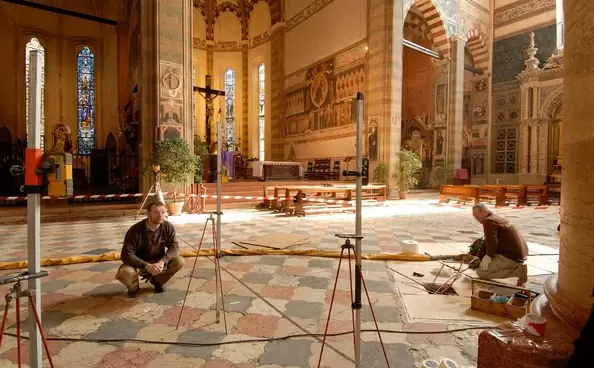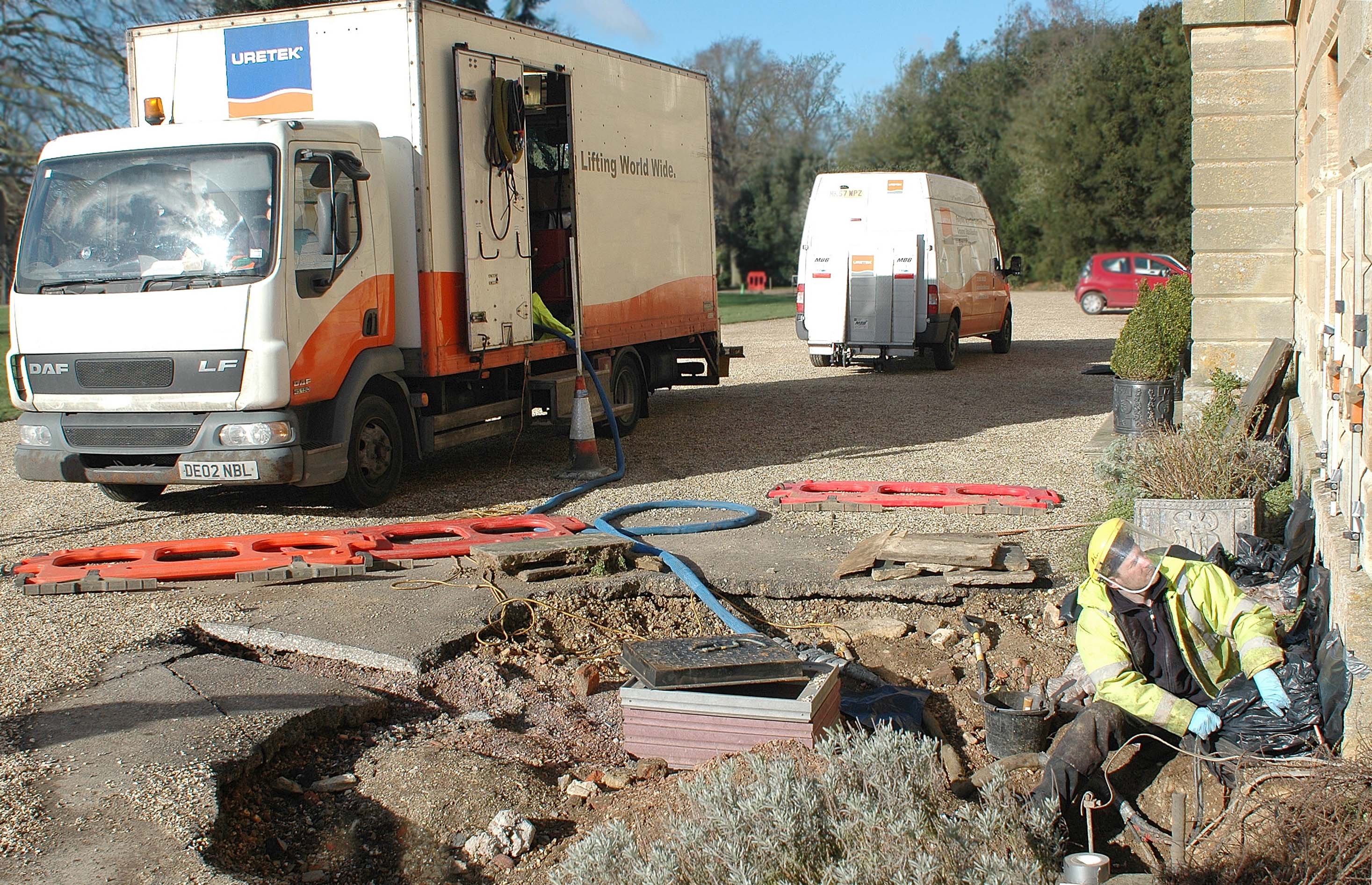
02.11 2021
Palaces, estates, fortresses, castles, churches and other architectural monuments of high historical value are destroyed over time. At the same time, the procedure for their reconstruction and restoration should cause minimal damage to the structure, which is especially difficult to do when it comes to repairing the floor and raising the foundation.
The state of architectural monuments deteriorates over time. The appearance of the facades and interiors of historical buildings and structures is affected by changes in the temperature and humidity of the environment, an increase in air pollution and the natural destruction of materials under the influence of time. Valuable objects of historical and cultural heritage must be restored and reconstructed regularly, whenever possible, using modern materials and technologies.
One of the most difficult tasks related to the restoration of historical buildings is the need to repair and raise the foundation and floor of architectural monuments. Over time, the foundations of historical buildings may experience gradual subsidence, and voids may form under the floor, which lead to the sinking of its individual sections. Such damage threatens not only the emergency condition of the object and its removal from the register of historical heritage buildings, but also the complete destruction of the monument. After all, the subsidence of the foundation leads to the appearance of cracks in the walls, and to the damage and even destruction of the load-bearing structures.
Most often, it is not possible to raise the foundation and floor, as well as strengthen the soil under the architectural monument, without damaging the historical value of the object. First of all, this applies to traditional technologies for repairing the foundation and raising the floor, which involves the use of heavy construction equipment and earthwork and concrete work.
If both the building itself and the floor of the building have historical value and their damage is unacceptable, it is better to use GeoResin geopolymer injection technology for restoration. The latter not only minimize damage to the historical value of the object, but also save money compared to traditional methods of restoration.

In order to strengthen the soil under the foundation of the architectural monument, as well as to raise the foundation and level the floor, two technologies of injection with geopolymer resins GeoResin are used. The Deep Lifting technique involves injection to a significant depth to strengthen the soil and raise the foundation, and the Floor Lifting technology involves the introduction of geopolymers directly under the floor of the first floor of the building to level it.
Injection is performed by drilling small holes in the soil or road surface around the perimeter of the building or by making similar holes with a diameter of 8-16 mm in the floor of the first floor. At the same time, the technique for injecting geopolymer resins GeoResin is mobile, compact and does not damage the historical value of the object. Technological holes in the floor are easy to close.
The very procedure of restoring the structure is carried out in a short time: geopolymer material GeoResin expands and gains strength within 15 minutes after injection. And the movement of the component parts of the foundation and floor, which contributes, among other things, to the restoration of cracks in the walls, is controlled in real time with the help of ultra-precise laser levels.
